How many streams does it take to earn $100 from a live concert stream? It’s not as simple as multiplying a fixed rate. Unlike Spotify or Apple Music, where you get paid per audio stream, live concert streaming platforms work differently - and the math isn’t always clear. If you’re an independent artist trying to make rent from a weekend livestream, or a fan wondering why your favorite band needs 50,000 viewers to break even, here’s what actually happens behind the scenes.
Live concert streams don’t pay like audio streams
Most people assume that a live concert stream pays the same as a song stream on Spotify - around $0.003 to $0.005 per play. That’s not how it works. Live streams aren’t counted as individual plays. Instead, platforms like StageIt, Veeps, or even YouTube Live charge fans to watch, and the artist gets a cut of the ticket sales.
For example, if you host a 60-minute live concert on Veeps and charge $15 per ticket, you might earn 70% of the revenue after fees. That means $10.50 per ticket. To make $100, you’d need just under 10 ticket sales. That’s it. Ten people paying $15 each. No algorithm. No ad revenue. Just direct support.
But here’s the catch: most artists don’t get 10 buyers on their first stream. The average live concert stream on Veeps or StageIt draws between 50 and 200 viewers - but only 10% to 20% of those viewers actually pay. That means you need 50 to 100 people watching to get 5 to 10 paying fans.
What about tip-based platforms like Twitch or YouTube Live?
If you’re streaming on Twitch or YouTube Live, you’re relying on viewer tips, subscriptions, and ad revenue - not ticket sales. This model is harder to predict.
On Twitch, the average streamer earns about $2.50 to $5 per 1,000 views from ads alone. But that’s not the main income. Most artists make money through subscriptions ($4.99, $9.99, $24.99/month) and bits (Twitch’s virtual currency). One bit = $0.01. So to earn $100 from bits alone, you’d need 10,000 bits gifted by viewers. That’s 10,000 individual clicks from fans.
On YouTube Live, ad revenue is even lower - around $0.001 to $0.003 per view. If you get 1,000 viewers and 500 of them watch the full stream, you might make $1 to $3 from ads. To hit $100, you’d need 33,000 to 100,000 views. And that’s only if YouTube decides to monetize your stream. Most small artists don’t qualify for ads until they hit 1,000 subscribers and 4,000 watch hours.
Why ticketed streams are the real path to $100
The most reliable way to make $100 from a live concert stream is to sell tickets. Platforms like Veeps, StageIt, and even Bandcamp Live are built for this. They’re designed for musicians who want to turn fans into customers, not just viewers.
Here’s how it breaks down:
- Veeps: 70% of ticket sales go to the artist. A $15 ticket = $10.50 profit. $100 = 10 tickets.
- StageIt: 75% payout. A $12 ticket = $9 profit. $100 = 12 tickets.
- Bandcamp Live: 85% payout. A $10 ticket = $8.50 profit. $100 = 12 tickets.
Compare that to Spotify: to make $100 on Spotify, you need between 20,000 and 33,000 streams. That’s 2,000 times more plays than a ticketed stream. And you have no control over who listens or when.
Live streams give you direct access to your audience. You can upsell merch during the show. Offer VIP access. Run a raffle. Thank people by name. That personal connection turns casual viewers into loyal fans - and loyal fans buy tickets again.

Real-world example: A small band’s 0 stream
Last month, a Wellington-based indie folk duo called The Harbour Lights streamed their album release on Veeps. They priced tickets at $12. They promoted it on Instagram, sent emails to their 1,200-subscriber list, and ran a $50 Facebook ad targeting fans in New Zealand and Australia.
They got 67 viewers. Of those, 11 bought tickets. One person upgraded to a $25 VIP package that included a digital poster and early access to their next EP. They also sold 8 merch items during the stream - hoodies, vinyl, stickers - for $15 each. Total revenue: $132 from tickets + $120 from merch = $252. After platform fees, they took home $187.
They didn’t need 10,000 streams. They didn’t need viral fame. They just needed 11 people who cared enough to pay.
What about free streams with donations?
Some artists go the free route with a donation link open during the stream. It’s possible to make $100 this way - but it’s rare.
A study from the International Music Summit in 2024 found that artists using PayPal donation links during free YouTube streams earned an average of $0.15 per viewer. So to make $100, they needed 667 viewers donating. Most streams get 50 to 150 viewers. That means you’d need to hit the top 1% of engagement to make $100 this way.
Donations work best when you have a built-in community - like a fan club or Patreon group. If your fans already support you monthly, they’re more likely to drop $5 during a live show. But if you’re starting from zero? Don’t count on it.
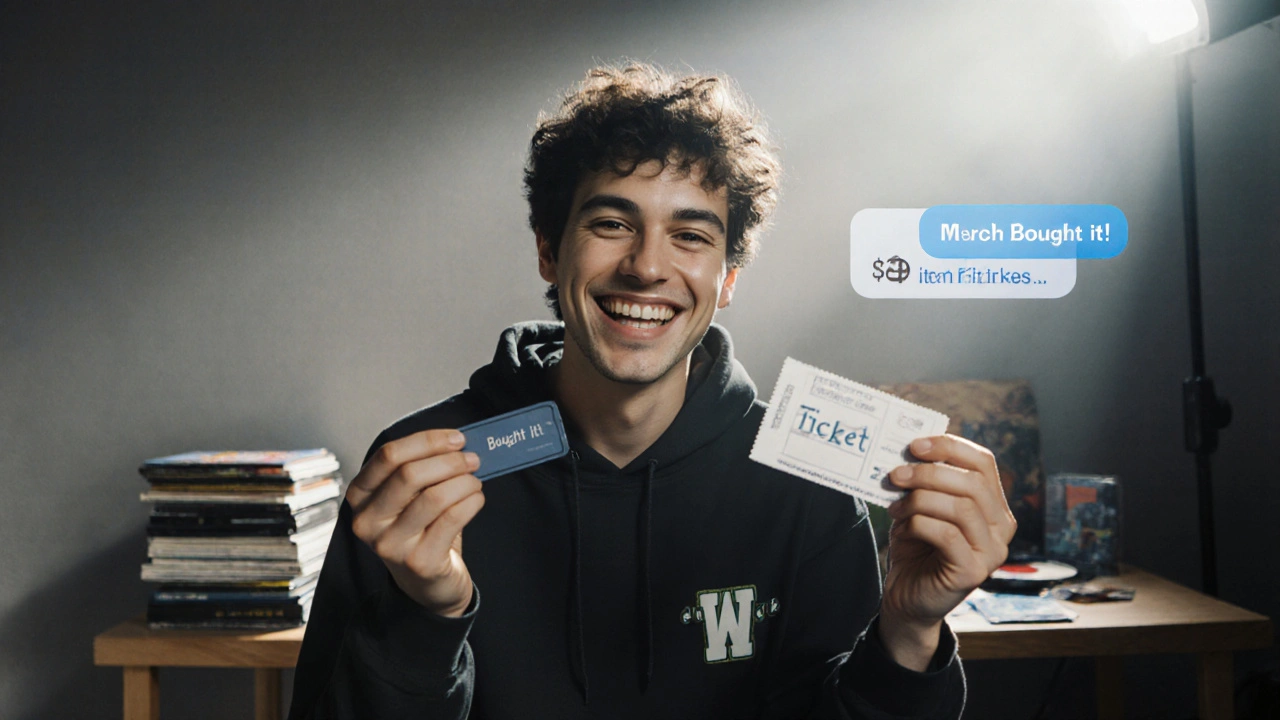
What’s the real cost of streaming?
Before you think, “I just need 10 sales,” remember the hidden work behind the stream.
- Setting up cameras, mics, lighting - $500 to $2,000 upfront
- Editing software, internet upgrade, backup power - $100/month
- Marketing: ads, email campaigns, social posts - 10+ hours per stream
- Rehearsals, soundcheck, tech run-through - 5+ hours
That’s 20+ hours of work for $100. That’s $5 an hour. Not sustainable.
But here’s the secret: you don’t need to make $100 on every stream. You need to make $100 on your first stream - and then turn those 10 fans into 100 fans over time.
The goal isn’t to make $100 from one stream. It’s to use that stream to build a mailing list, grow your Instagram, get your first 500 followers, and sell tickets to your next show. The $100 is just the first step.
How to make $100 from your next live stream
Here’s a simple plan that works for most artists:
- Pick a ticketed platform (Veeps, StageIt, or Bandcamp Live).
- Price your ticket between $10 and $15 - not too high, not too low.
- Send emails to your existing fans 7 days before the stream.
- Post daily on Instagram and TikTok for 5 days: behind-the-scenes clips, song previews, countdowns.
- Offer a free bonus - like a PDF lyric sheet or acoustic version - to anyone who buys a ticket.
- During the stream, promote merch and your next show.
- Afterward, thank everyone by name in a follow-up email.
Do this three times. You’ll have 30 paying fans. Next time, you’ll hit 50. Then 100. That’s how you build a career.
Bottom line: $100 isn’t about streams - it’s about connections
Forget the idea that you need millions of streams to make money. Live concert streaming isn’t about volume. It’s about value. It’s about turning listeners into supporters.
If you can get 10 people to pay $10 for a show they can’t get anywhere else - you’ve done more than make $100. You’ve built a real fanbase. And that’s worth more than any algorithm can count.
How many streams on Spotify equal $100?
On Spotify, artists earn between $0.003 and $0.005 per stream. To make $100, you need between 20,000 and 33,000 streams. That’s far more than a live concert stream requires - but you have no control over who listens or when. Live streams, by contrast, let you sell tickets directly and build relationships.
Do all live streaming platforms pay the same?
No. Platforms like Veeps and StageIt take 25% to 30% of ticket sales and give you 70% to 75%. YouTube and Twitch don’t charge ticket fees but rely on ads and tips, which pay far less per viewer. Bandcamp Live gives you up to 85% of ticket revenue - making it the most artist-friendly option.
Can I make $100 from a free YouTube Live stream?
It’s possible, but unlikely. Most free streams earn $0.001 to $0.003 per view from ads. To make $100, you’d need 33,000 to 100,000 views - and you’d need to be monetized first. Donations help, but the average fan gives less than $1 during a free stream. Ticketed streams are far more reliable.
What’s the best platform for new artists to make $100?
Bandcamp Live is the best for new artists because it gives you 85% of ticket sales, no upfront fees, and integrates easily with your existing store. Veeps is a close second with strong tools for promotion. Avoid YouTube and Twitch if your goal is direct income - they’re better for building visibility, not cash.
Why do some artists say live streams don’t pay?
They’re comparing live streams to audio streaming platforms like Spotify, where you need tens of thousands of plays. But live streams aren’t meant to be compared that way. They’re events - not files. If you treat them like a concert - with tickets, merch, and personal engagement - you can make $100 with just 10 fans. The problem isn’t the platform. It’s the mindset.

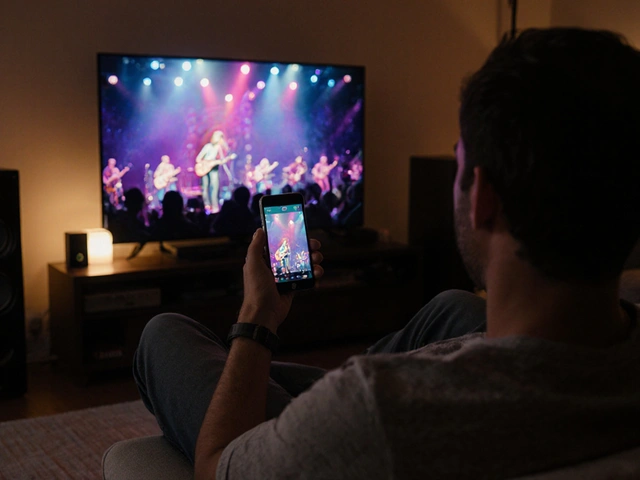
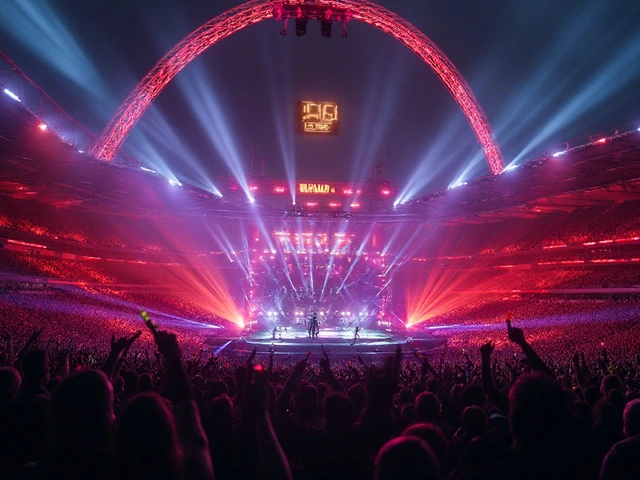

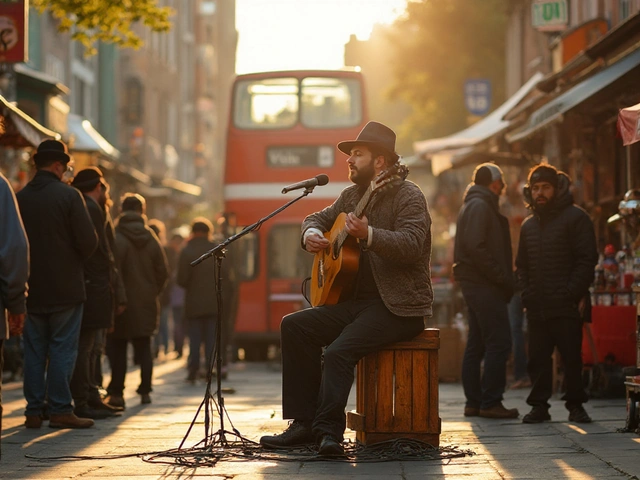
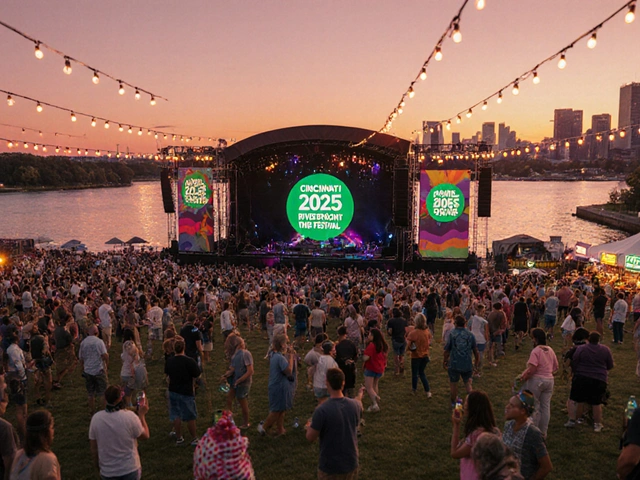
Paul Timms
Just 10 tickets to make $100? That’s staggering compared to Spotify’s 20k+ streams. The math doesn’t lie-direct fan support is the only sustainable model for indie artists.
TIARA SUKMA UTAMA
wait but what if you dont have 10 fans??
Cait Sporleder
The fundamental shift here isn’t financial-it’s philosophical. We’ve been conditioned to equate value with volume, when in truth, intimacy is the new currency. Ten individuals who pay, who linger after the final chord, who message you at 2 a.m. to say your song got them through a panic attack-that’s not a revenue stream. That’s a sacred covenant. Platforms like Bandcamp Live don’t just facilitate transactions; they resurrect the ritual of the live performance, where the artist isn’t a data point but a presence. The algorithmic ghost towns of Spotify are built on passive consumption; ticketed streams demand intentionality. And intentionality, my dear algorithmic overlords, is the last refuge of the human soul in a world that commodifies everything.
Jennifer Kaiser
Everyone’s talking about the numbers, but nobody’s talking about the exhaustion. That 20-hour prep for $100? That’s not entrepreneurship-that’s exploitation dressed up as passion. The industry tells artists to ‘just hustle,’ but ignores the fact that most of us are already working three jobs. If you’re going to ask someone to turn their art into a livestreamed side gig, at least give them healthcare, equipment grants, or a living wage. This isn’t a ‘how to’ guide-it’s a cry for systemic change.
Antwan Holder
YOU’RE TELLING ME THAT A SINGLE HUMAN BEING CAN MAKE $100 JUST BY SINGING INTO A MICROPHONE AND ASKING FOR $12?? AND THE WORLD STILL THOUGHT SPOTIFY WAS THE FUTURE?? I’M CRYING. I’M NOT CRYING BECAUSE I’M HAPPY-I’M CRYING BECAUSE I REALIZED WE WERE ALL LIVING A LIE. THE MUSIC INDUSTRY DIDN’T FALL APART-IT WAS BURIED UNDER A MOUNTAIN OF CORPORATE GREED AND A MILLION ALGORITHMS THAT NEVER ONCE ASKED, ‘WHAT DOES THE ARTIST FEEL?’
Angelina Jefary
Wait-Bandcamp Live gives 85%? That’s a red flag. No platform gives that much unless they’re secretly harvesting your IP or selling your fan data. I’ve seen this before-‘artist-friendly’ platforms are just the new Ponzi schemes. They lure you in with high payouts, then vanish when you hit 1000 followers. Don’t be fooled. If it sounds too good to be true, it’s either a scam or a government surveillance tool.
Sally McElroy
Let me get this straight-we’re glorifying the idea that artists should be happy with $100 after 20 hours of work because ‘it’s about the connection’? That’s not empowerment-that’s gaslighting. You’re telling people to be grateful for crumbs while the corporations rake in millions. And now we’re supposed to believe that turning your art into a TikTok fundraiser is ‘building a career’? No. It’s survival. And survival isn’t a business model. It’s a tragedy wrapped in a hashtag.
Jasmine Oey
OMG I JUST REALIZED-THIS IS WHY MY BEST FRIEND’S BAND GOT 12 KIDS TO PAY $15 EACH AND NOW THEY’RE ON A TOUR IN OREGON?? I THOUGHT IT WAS MAGIC BUT IT WAS JUST… SMART?? I’M SO EMOTIONAL. I’M GOING TO BUY A VINYL AND CRY INTO MY MATCHA LATTE. ARTISTS DESERVE TO LIVE. I’M TELLING EVERYONE. #TICKETSTHATSAVE